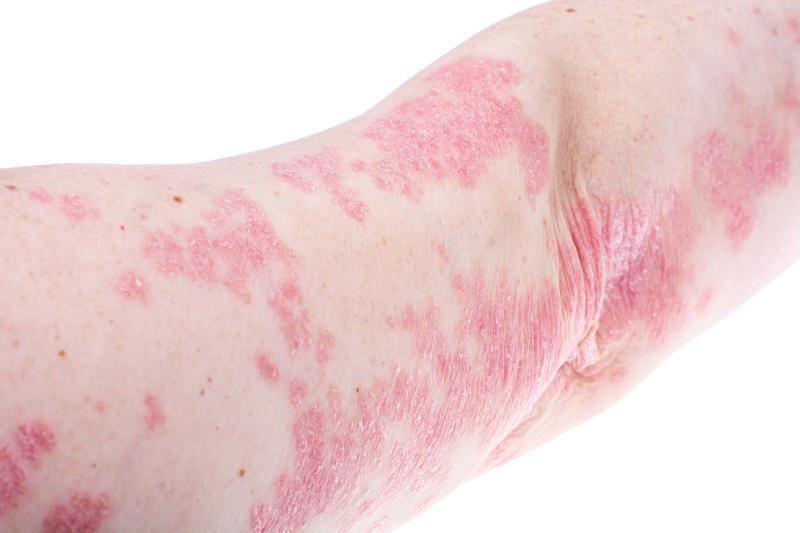
Individuals with human papillomavirus (HPV) infection are at higher risk of psoriasis, with the risk increasing in accordance with age, a study has found.
The analysis included 66,274 patients with HPV infection and 265,096 controls without the infection. Those in the HPV vs control group were more likely to have comorbidities (except for diabetes and cerebrovascular accident) and have used nonsteroidal anti-inflammatory drugs (4.59 percent) or antihypertensive drugs (11.38 percent).
The incidence rate of psoriasis was markedly higher in the HPV than in the control group: 8.73 vs 4.39 per 100,000 person-months. Cox proportional hazards models revealed that HPV was associated with a heightened risk of developing the auto-immune disease (hazard ratio [HR], 1.177, 95 percent confidence interval [CI], 1.010–1.373).
There was a prominent interaction effect observed between age and HPV infection on the risk of developing psoriasis. Relative to those aged <20 years, individuals in the higher age groups had a greater risk. The HRs were 1.905 (95 percent CI, 1.577–2.302) in the 20–39 years, 2.319 (95 percent CI, 1.901–2.830) in the 40–59 years, and 2.970 (95 percent CI, 2.330–3.785) in the ≥60 years age groups.
Furthermore, men had a slightly higher risk of psoriasis than women (HR, 1.653, 95 percent CI, 1.464–1.866).
In light of the findings, the researchers urged clinicians to provide appropriate monitoring of the high-risk groups for psoriasis, in addition to treating their HPV infection.